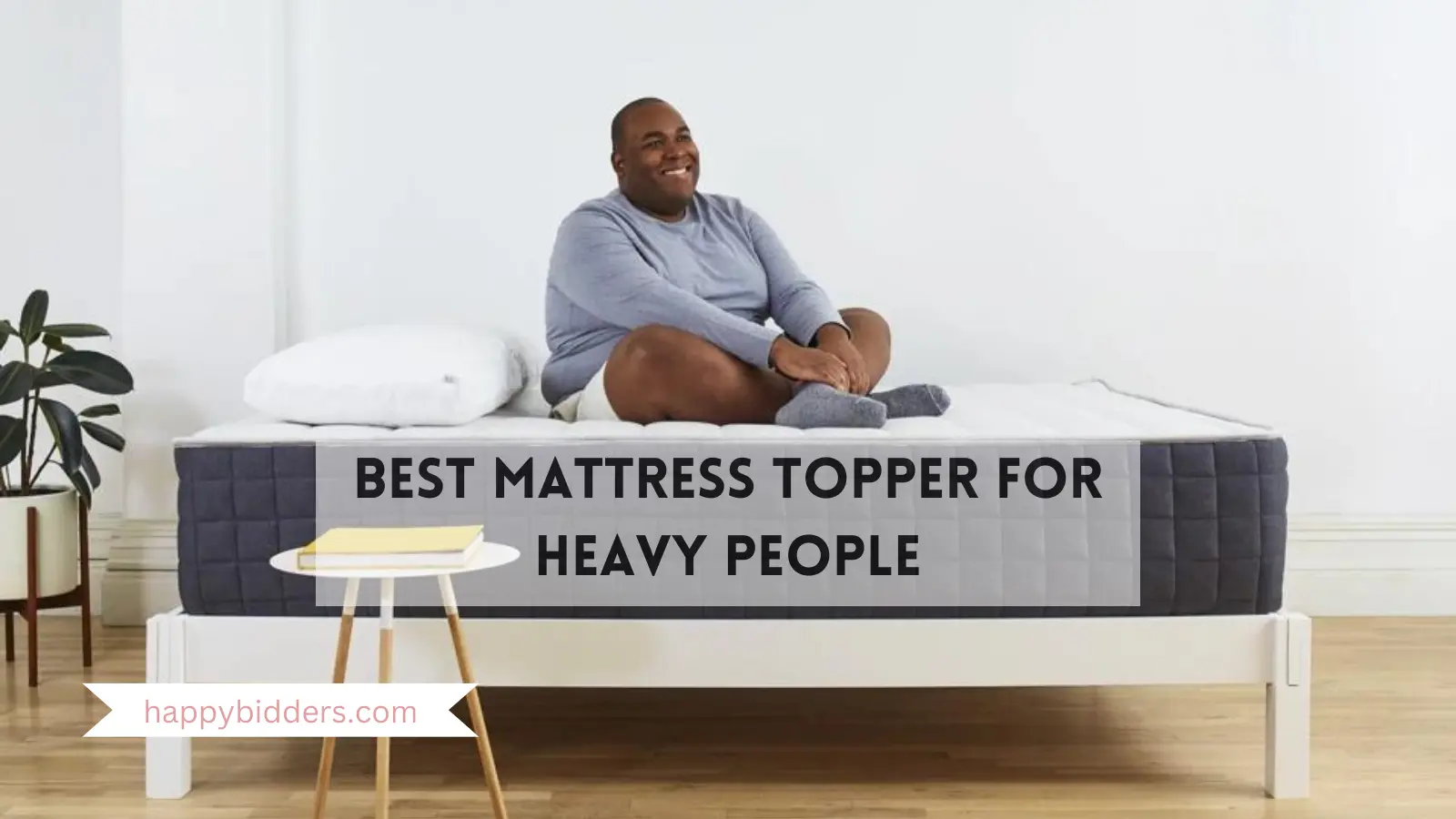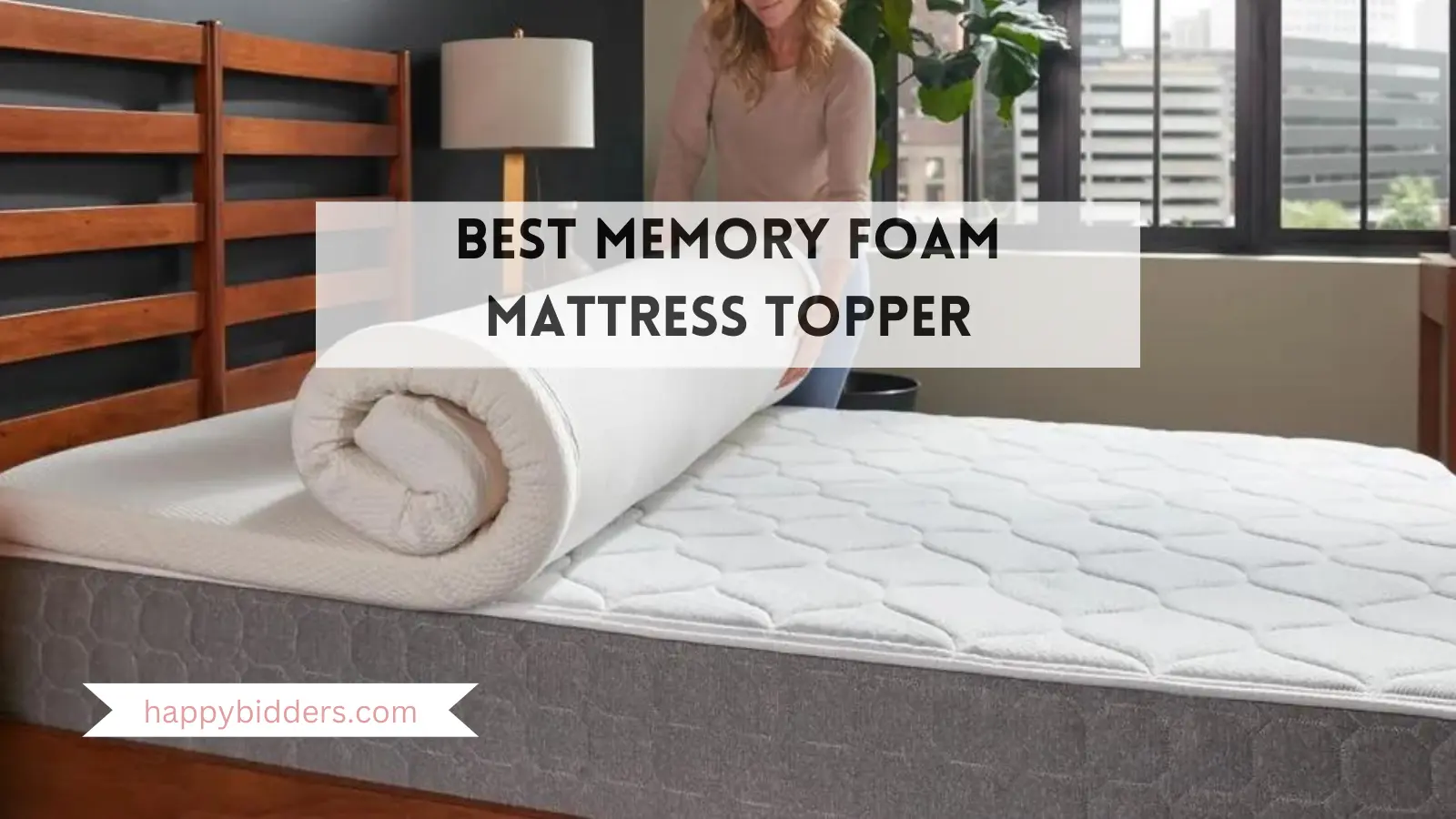Do you find that you doze off on your side but wake up on your back or stomach? Are you one of the lucky people who can easily adjust your sleeping position in the night and still keep right on sleeping?
If so, you are a combination sleeper. While most people have one primary sleeping position, combination sleepers are more flexible and alternate positions through the night. As a result, combination sleepers need their mattress to be able to provide support regardless of their position.
About Combination Sleeping
Side sleeping is the most common sleeping position followed by back and then stomach sleeping. While people may make minor adjustments within these positions — such as adjusting the location of their arms — it is normal for most people to remain in one position through the night.
Combination sleepers are the exception because they sleep in at least two of these positions over the course of the night. It is difficult to quantify just how many people are combination sleepers, but they are a small minority.
Pros and Cons of Combination Sleeping
In order to understand the benefits and downsides of combination sleeping, it helps to know the best and worst elements of each of the main sleeping positions. Pros Cons Pros
Side Sleeping:
- Promotes alignment of the spine and pelvis
- Reduces or eliminates snoring
Back Sleeping:
- Limits twisting and contortion of your body
- Reduces facial wrinkles and helps acne prone skin
Stomach Sleeping:
- Reduces or eliminates snoring and airway obstruction
Side Sleeping:
- Can increase facial wrinkles
Back Sleeping:
- Back sleepers are often the most prone to snoring and airway obstruction
- Raises risk for sleep apnea
Stomach Sleeping:
- Challenging to maintain spinal alignment
- Can cause next stiffness
- Can increase facial wrinkles
Because combination sleeping involves multiple positions, it can create a mixture of some of these benefits and risks. This will vary for any individual based on how much time they spend in each position. However, with less time spent in any one position, combination sleepers may find that they can find a middle ground that reduces the severity of any downsides.
Understanding Your Own Combination Sleeping
Because each combination sleeper has its own breakdown of time spent in each position, it can be helpful to reflect on your own patterns. For example, ask yourself:
- Do you have a primary sleeping position that you spend the most time in?
- What is your preferred position for falling asleep?
- What position do you normally wake up in?
- Have you noticed any patterns related to your sleeping positions? Examples could include feeling back stiffness if you spend more time in a specific position.
If you can identify a primary or preferred position, make sure that your mattress shopping and selection focuses on supporting you in that position. While you’ll want to find a mattress that works for multiple positions, it just makes sense to give the highest priority to the one that you use most frequently.
Mattress Buying Guide for Combination Sleepers
Mattress Considerations
Before starting your shopping, it can be helpful to know about the factors that are most likely to influence your satisfaction with the mattress. This section introduces those factors and some of the key terminology for understanding them.
Support
To get a good night’s sleep without back pain or stiffness, it’s important for the spine to be aligned in a way that avoids dramatic contortion or twisting, and the mattress plays an integral role in this.
For combination sleepers, it is important to have a mattress that has a high level of responsiveness. A responsive mattress compresses in proportion to weight and pressure and will be able to contour to your body in different positions.
Of the three main sleeping positions, sleeping on your side generally requires the most responsiveness while sleeping on your back requires the least.
Resilience
By definition, combination sleepers move around during the night. However, not all mattresses are created equal when it comes to permitting movement on top of the mattress. If you sink deeply into the mattress — such as on very plush mattresses or some memory foam — it can inhibit motion.
As a result, combination sleepers typically benefit from a mattress with more resilience, which means that it quickly retakes its original shape when you lift weight off of it. These mattresses usually have a bouncier feel that enables moving with ease on top of the bed.
Firmness
Your comfort on the bed is directly affected by the firmness, or “feel,” of the mattress. If it is too soft, you may feel like you’re being swallowed by the mattress. If it’s too firm, it will be painful to lie on, especially for the bonier parts of the body.
While firmness is subjective, most people find medium to medium-firm mattresses to be the most comfortable. On the typical firmness scale, these fall between a 4 and a 7. If you weigh over 230 pounds, you typically benefit from erring toward the higher end of this range.
Reliable reviews
You can learn a lot about a mattress from customer reviews. Combination sleepers should look for mattresses with a large body of positive reviews as these will be more likely to reflect the opinions of sleepers in all positions. In surveying customer reviews, though, make sure to focus on reviews from verified purchases as these provide the most unbiased information.
Durability
A mattress that is breaking down is not going to provide support or comfort to you in any sleeping position. For this reason, durability is a vital consideration when shopping for a mattress. As a general principle, the durability of a mattress is determined mostly by the quality of the materials and workmanship that goes into the building of the mattress.
What Mattress Features Should You Look For?
As you start looking at individual mattress models, it helps to have some guidance about what to look for. This section identifies the important elements to scrutinize when you evaluate a mattress.
High-quality materials
If you’re investing in a mattress, you want to know that the manufacturer invested in high-end materials. A mattress made with components that are both well-designed and well-built has a much higher likelihood of providing a durable, comfortable, and supportive bed for combination sleepers.
Determining the quality of materials in a mattress can be tricky. A big step in this process is reviewing the internal design. Start by finding the mattress specifications, which should be available on the website of the mattress maker. These should include the types of materials that are used and their characteristics.
After you have found the specifications, look at how each layer is designed. This includes the number of layers as well as their thickness and composition. Be wary of any mattress that has one or more layers that appear to be weaker as one weak link can erode the mattress’s performance on the whole.
Sturdy comfort layer
The comfort layer is at the top of the mattress and is most directly involved in offering support. In some mattresses, the comfort layer is actually composed of several thinner layers.
Overall, combination sleepers should look for a comfort layer that is at least 3” thick. A thinner comfort layer may “bottom out” or fail to offer enough cushioning, especially when sleeping on your side.
A sturdy comfort layer should also have strong materials. For example, we advise looking for comfort layers that have foams with a minimum density of 3.5 pounds per cubic foot (PCF).
Great price
The rise of online, direct-to-consumer mattress sellers has brought a new level of competition to the industry that has made it easier than ever to get great value. With online shopping, it is easier to compare mattresses, allowing you to more readily assess whether the price for any one mattress is in line with its competitors. In most cases, you can also find coupons or promotions that make your purchase an even better value.
Free delivery
Free shipping has become extremely common, especially for mattresses bought online. While free shipping isn’t a “must-have,” you’ll want to make sure that you factor any shipping costs into your overall budget.
Sleep trial with no-risk returns
The vast majority of mattresses sold online come with a sleep trial, often of around 100 days. During the trial, you can test out the mattress in your own bedroom, and if you are not satisfied for any reason, you can return the mattress and receive a full refund. Look for sleep trials that include free return shipping (or even free pickup) and that don’t have confusing terms and conditions.
What Types of Mattresses Are Available?
These mattresses use a combination of foams — including various types of polyurethane foam (polyfoam) and memory foam — to give a mattress a specific feel. Foams are often very responsive, though the firmness, support level, and resilience of a foam mattress will depend on how the layers of foam are designed.
Latex is a rubber product that can be produced naturally (from trees) or synthetically. While some mattresses use one layer of latex among other types of materials, we use the term “latex mattress” to refer only to mattresses whose interior is designed entirely of latex. Other terms for this type of mattress include “all latex” or “true latex.” Latex is known for its bounce, but it can also be a very responsive material as well.
In an innerspring mattress, the primary form of support is a series of metal springs arranged in the core of the mattress. These springs tend give these mattresses a bouncy feel, although the level of bounce and contouring can vary based on the type of coils used. Many innersprings have a layer of latex, foam, or fiber fill placed above the coils to offer some additional comfort and/or support.
The support core of a hybrid mattress is the same as in an innerspring — an array of metal coils. However, a hybrid has more additional materials layered above this support core. Those materials can be foam, latex, polyester, or cotton, and in a hybrid, those layers are thicker than in an innerspring. Typically, hybrids have a higher level of responsiveness because of this thicker comfort layer.
The key feature of an airbed is a support core that can be inflated or deflated in order to adjust the feel of the mattress. The amount of air in the chamber is regulated by either a mobile app or an attached remote, so making adjustments is quick and easy. Some airbed models try to increase support with the addition of a foam or latex comfort layer.
Which Mattress Types Are Best For Combination Sleepers?
Because there are wide variations in the design of mattress models, it is impossible to say that one type is always best for combination sleepers. That said, we can offer general guidance about which types are most likely to meet the needs of combination sleepers.
Best: Foam, Latex, Hybrid
Combination sleepers need an excellent blend of responsiveness and resilience, and this is most easily found in foam, hybrid, and latex mattresses. These mattresses have the contouring needed to adjust to whatever position the body takes through the night.
Some foam mattresses may be too soft to permit effective movement to change positions, but all of the options we’ve selected in our guide reflect the types of foam beds that best-fit combination sleepers.
Honorable Mention: Airbed
Airbeds, especially airbeds with additional comfort material, receive an honorable mention because of their ability to be adjusted. This level of flexibility allows combination sleepers to modify the feel of their mattress in real time.
Proceed With Caution: Innerspring
Because they provide more bounce than contouring, innerspring may not offer sufficient support, especially for people who spend a lot of time in a side-sleeping position.







